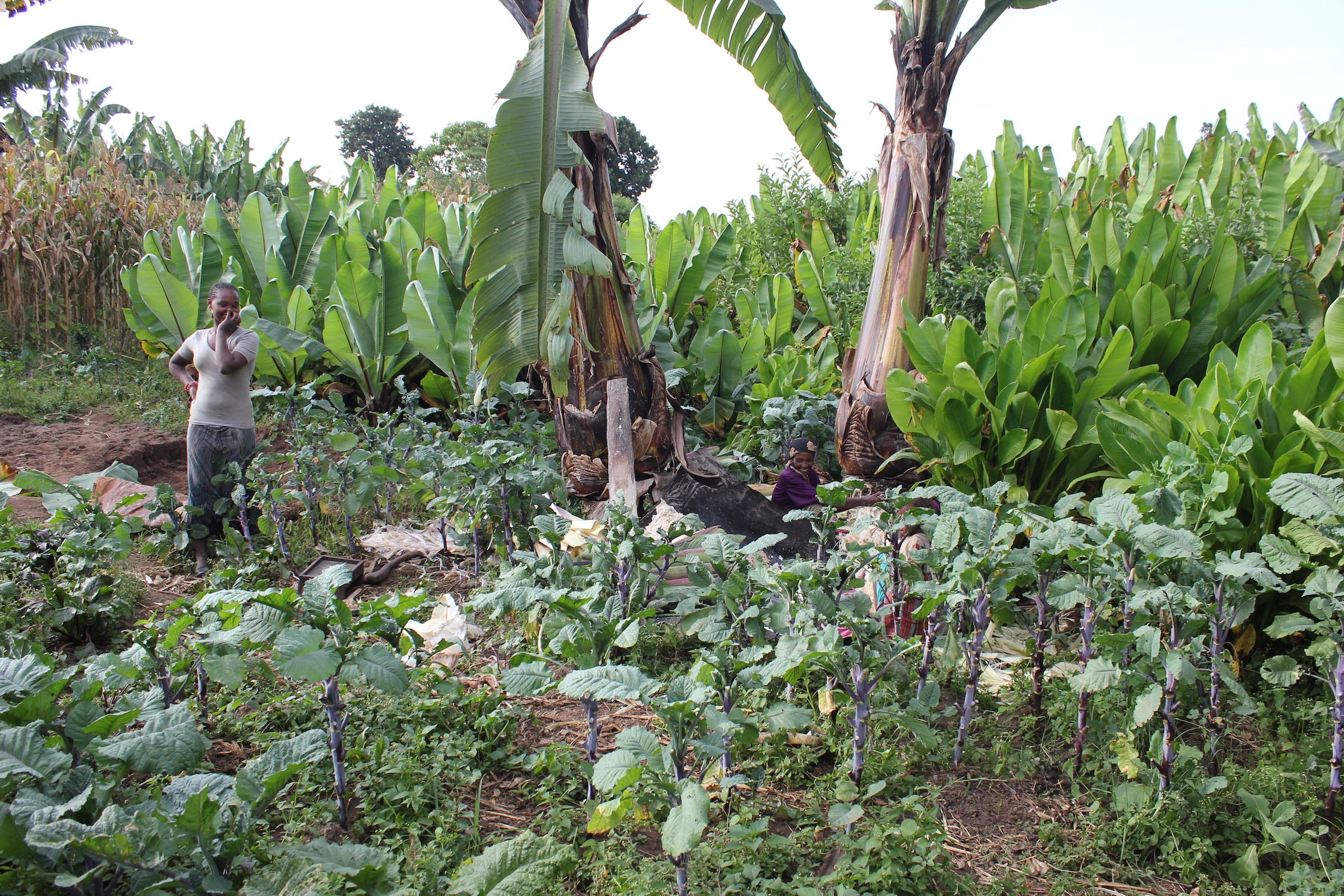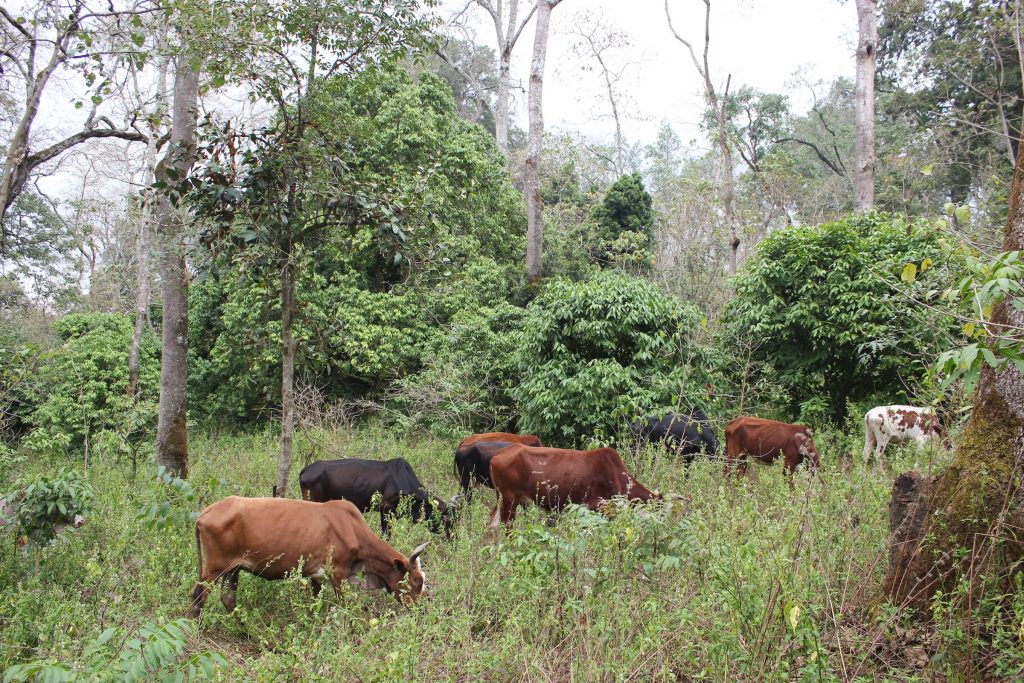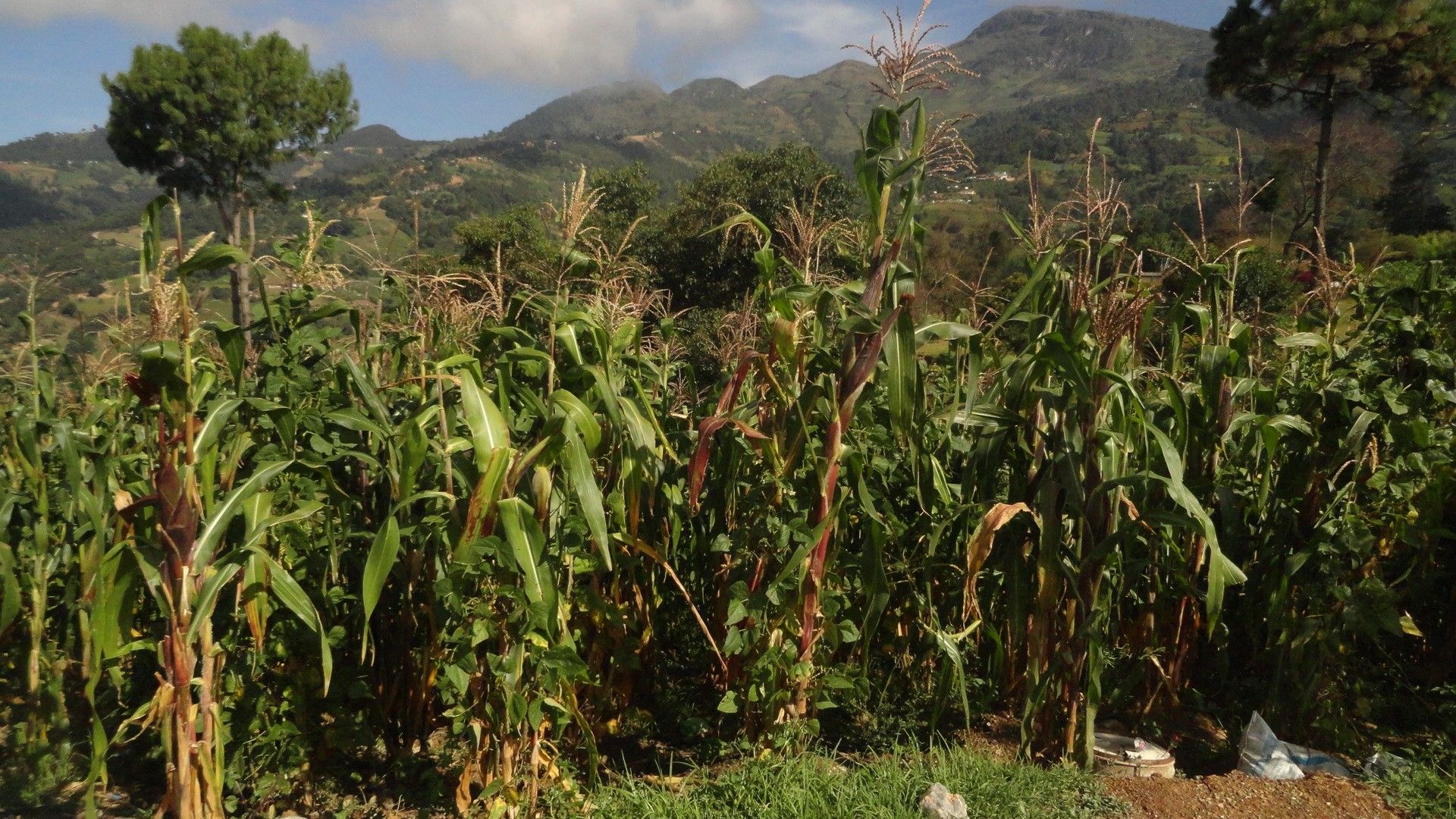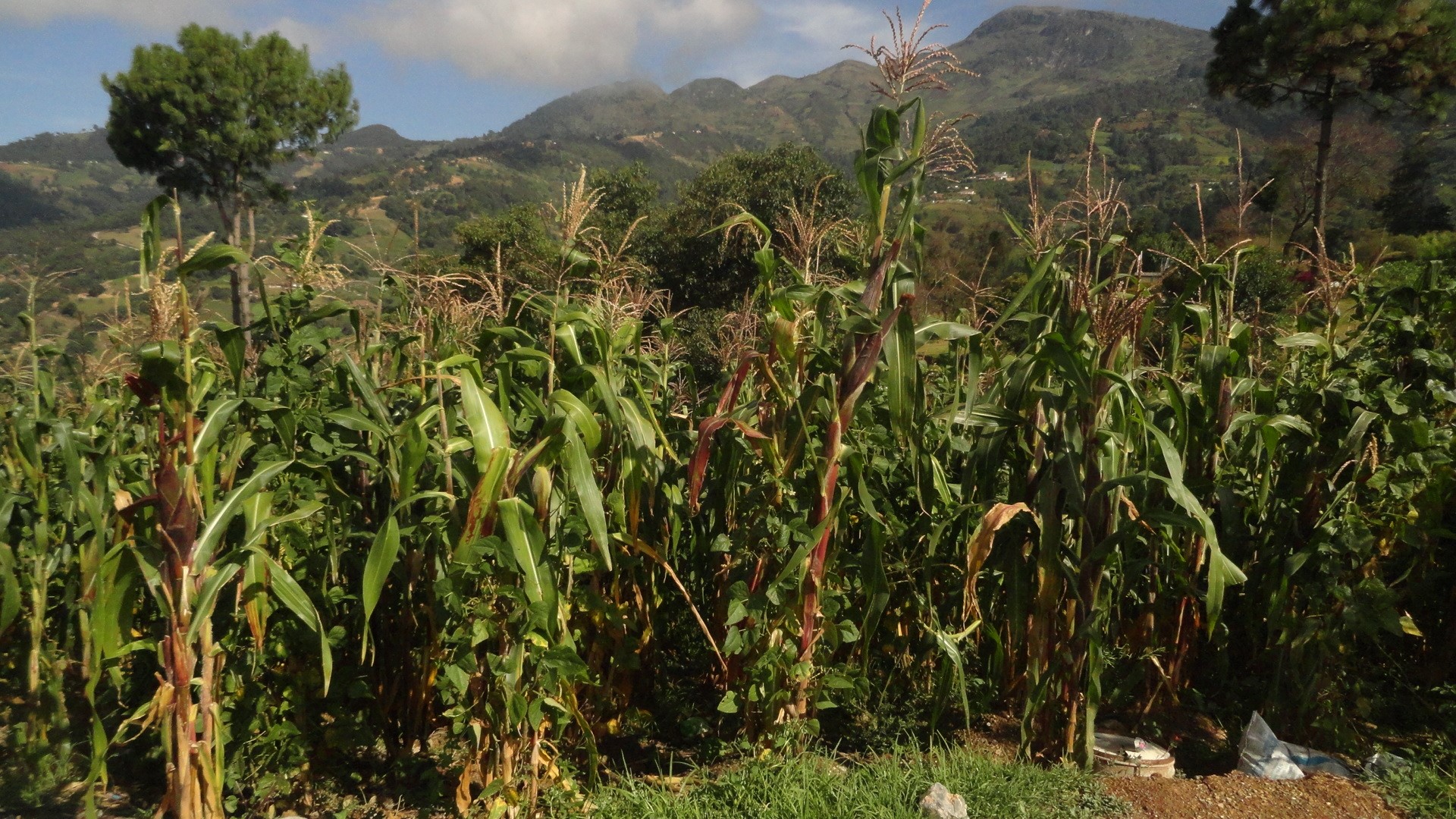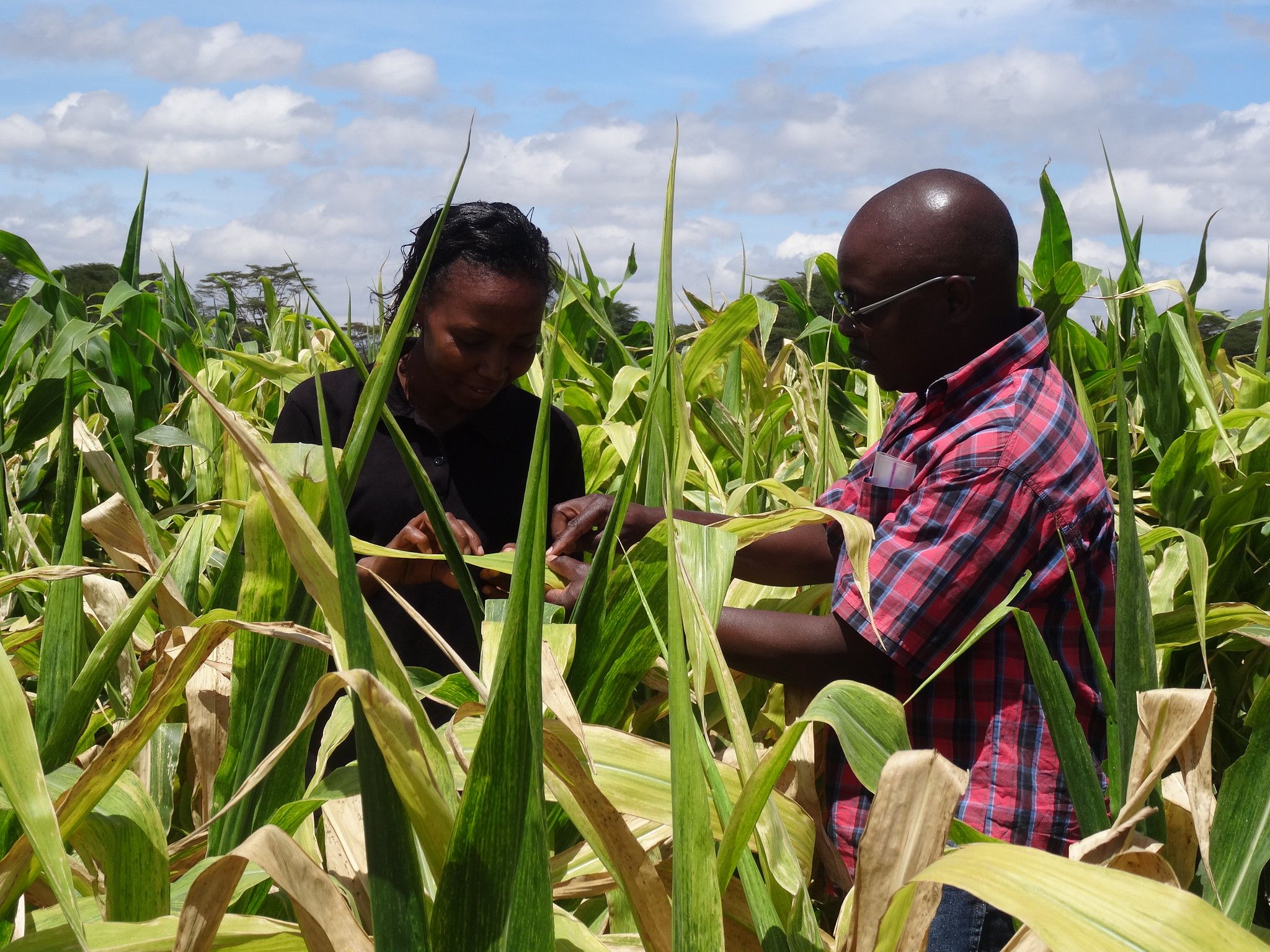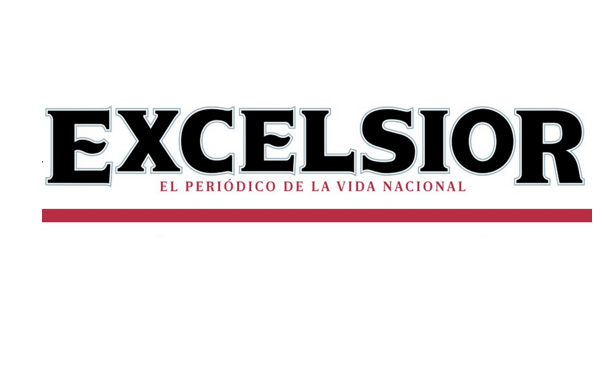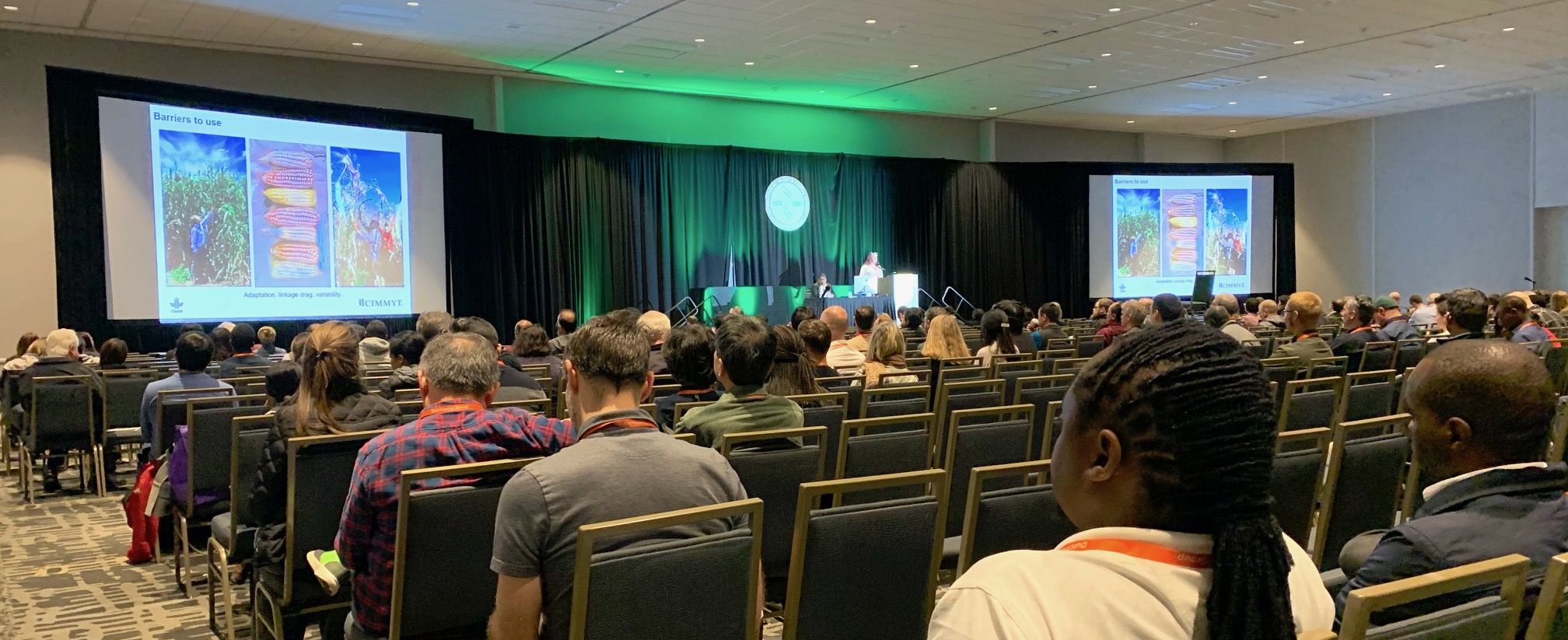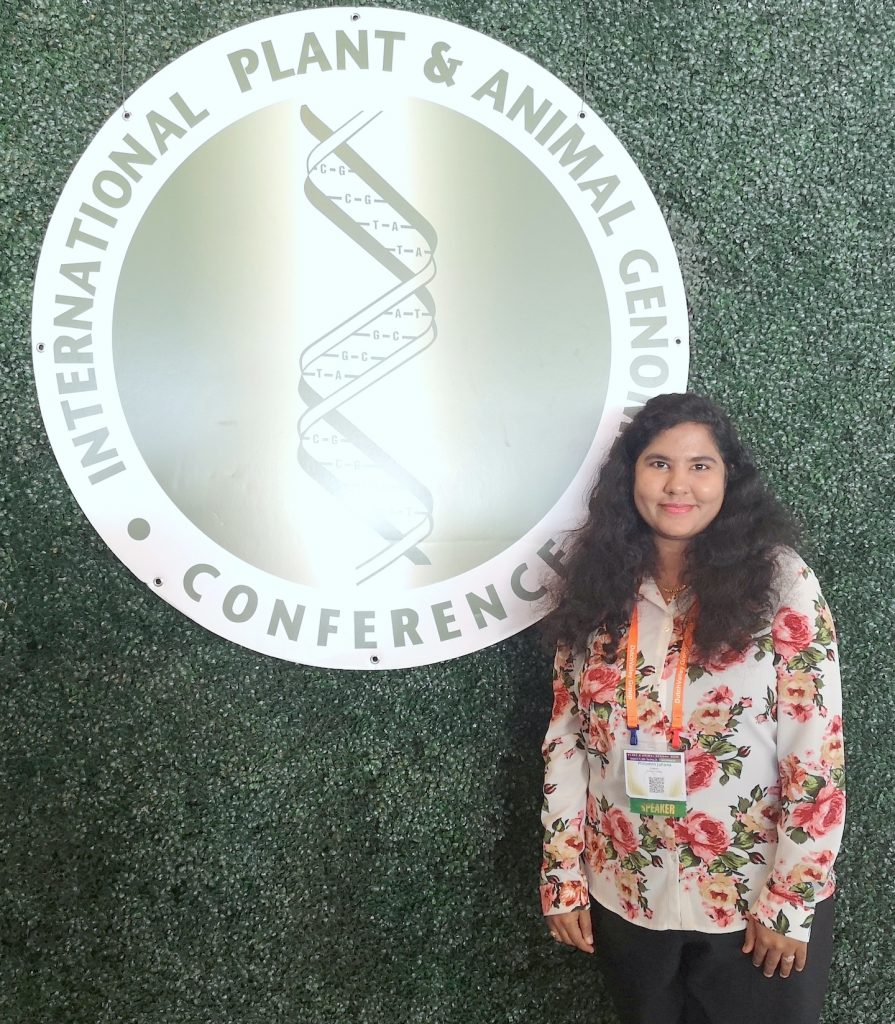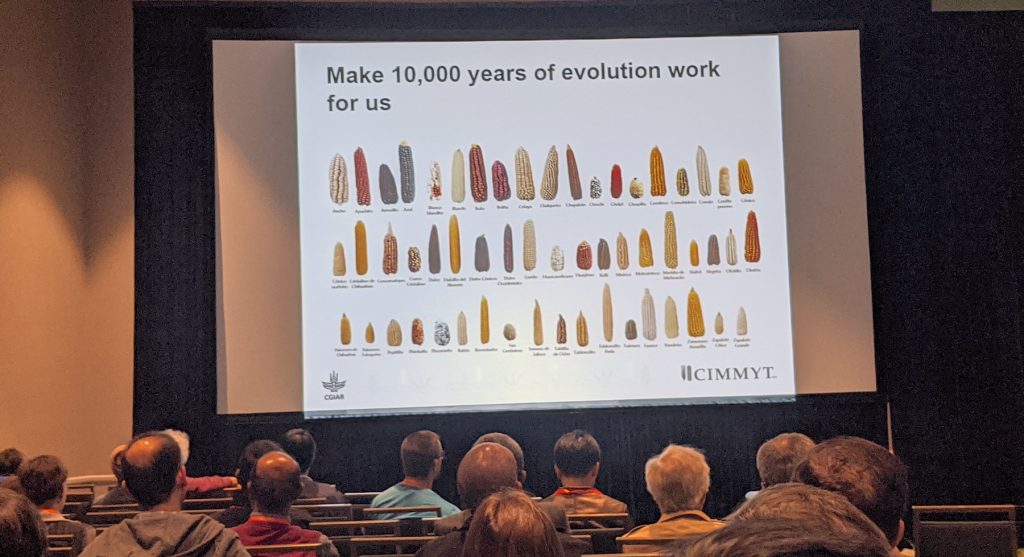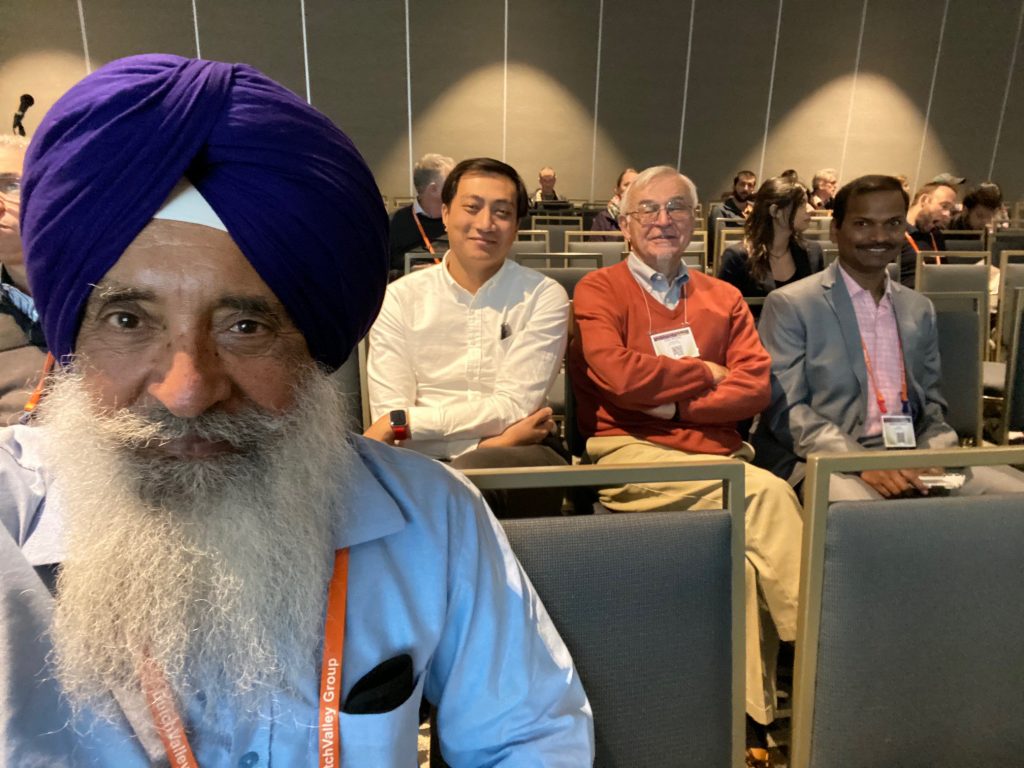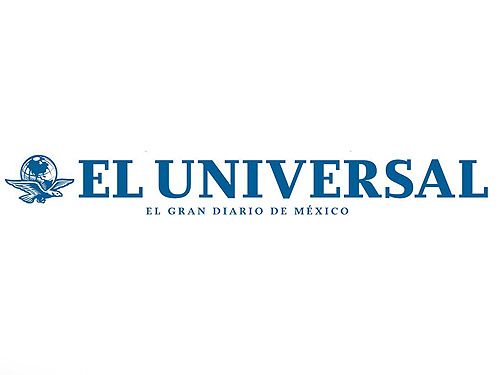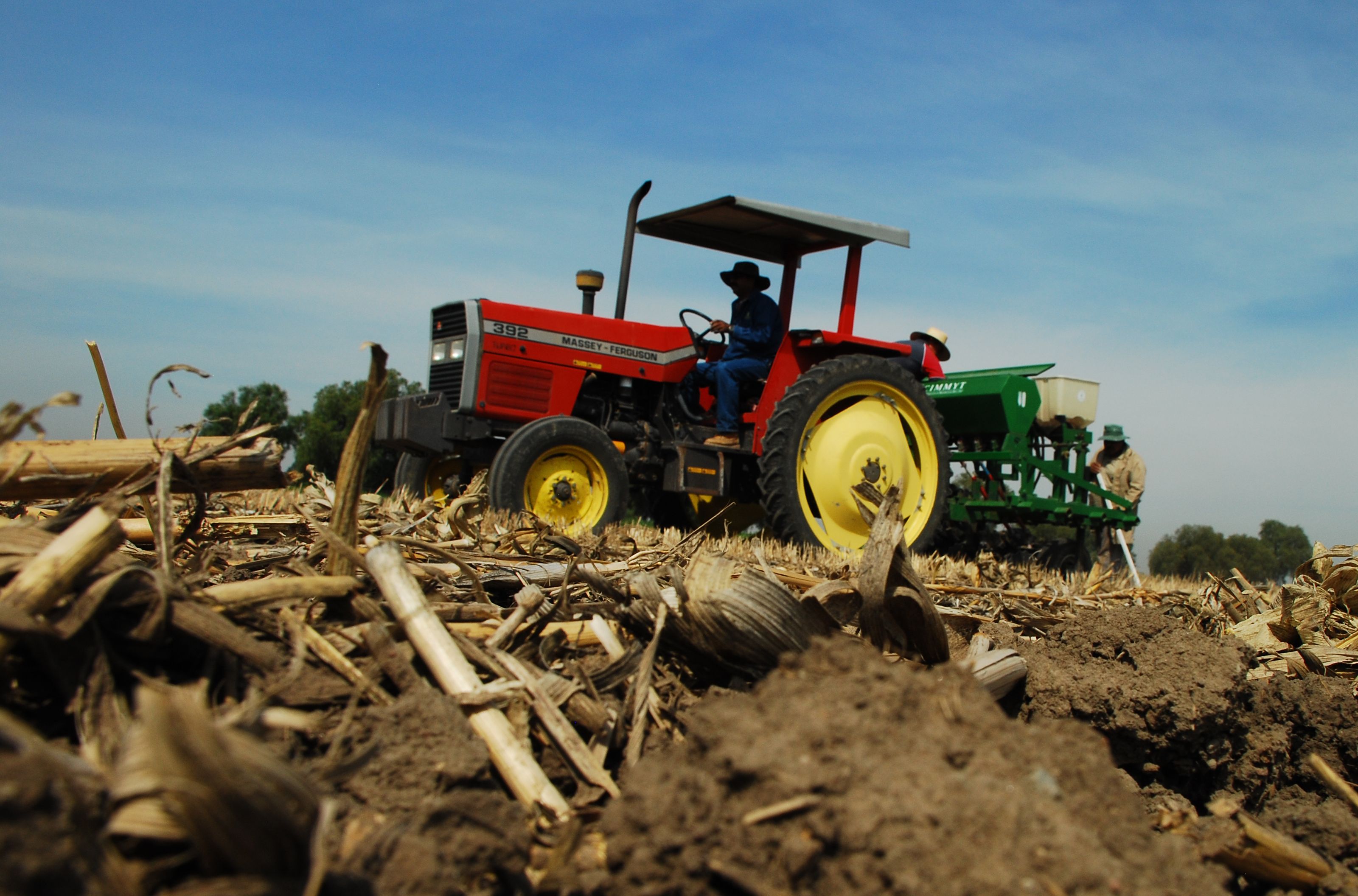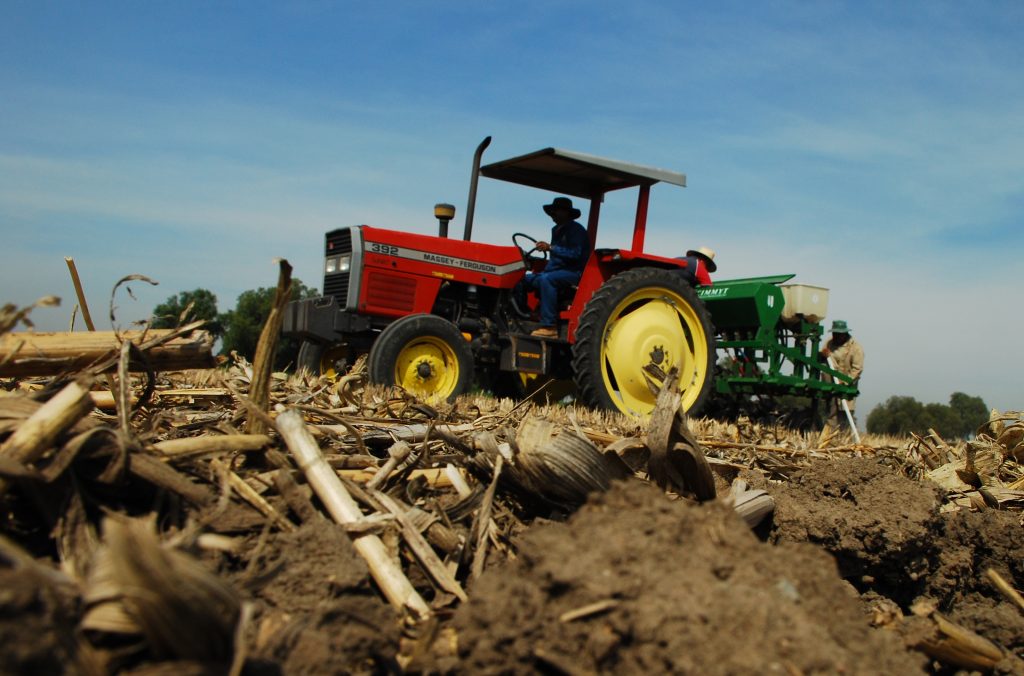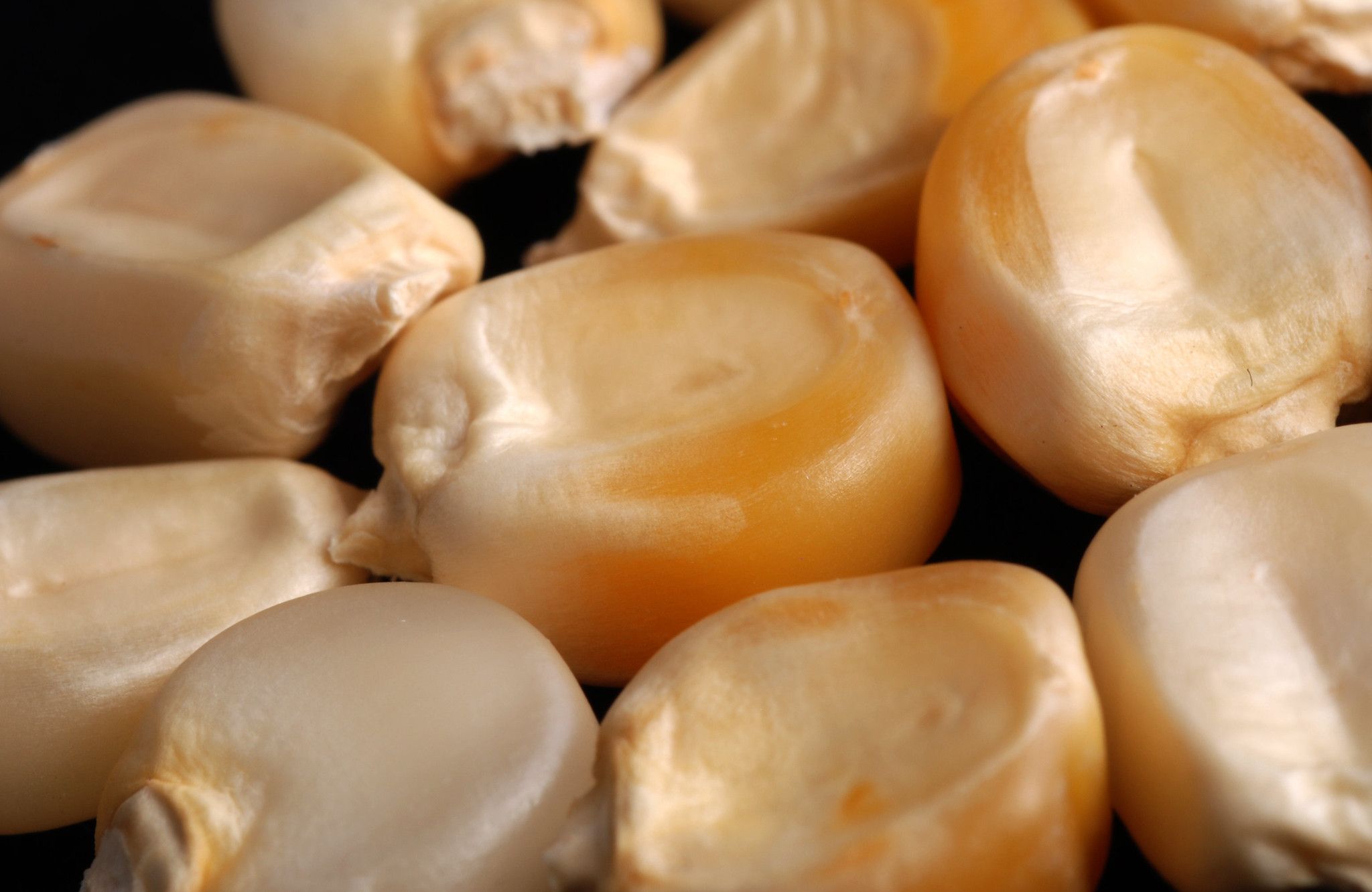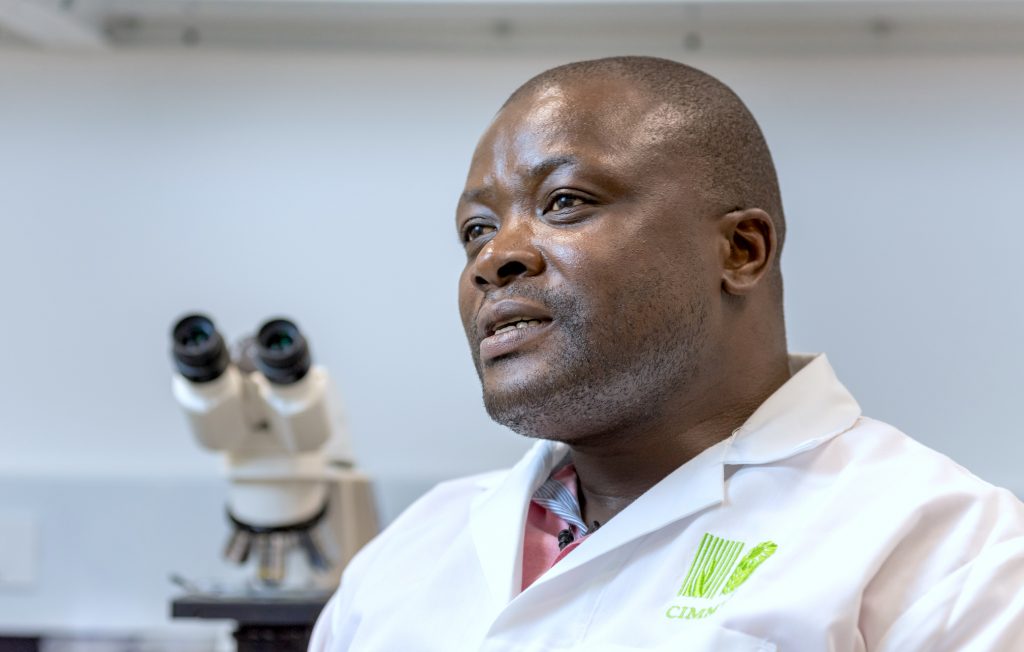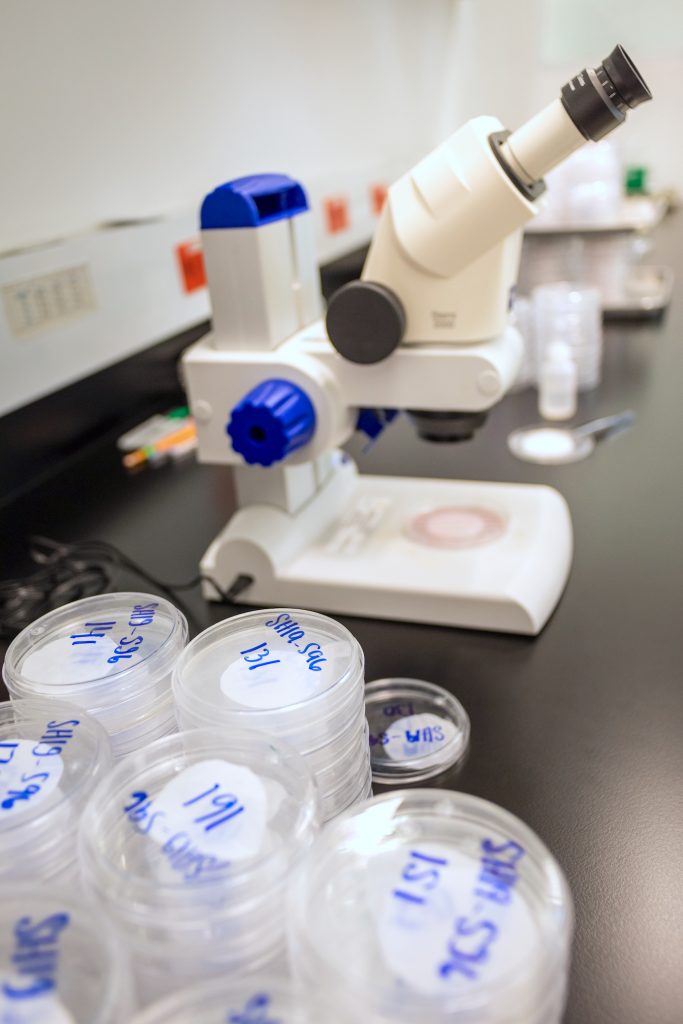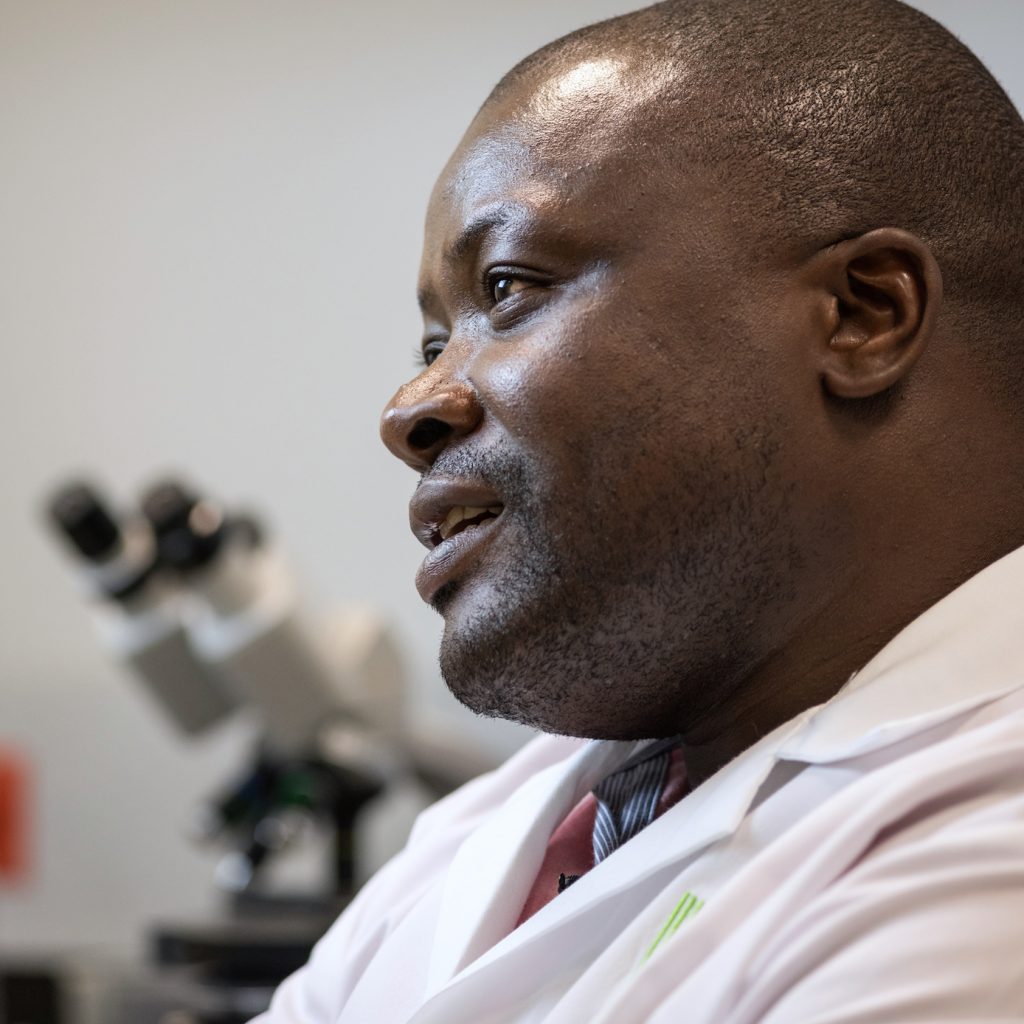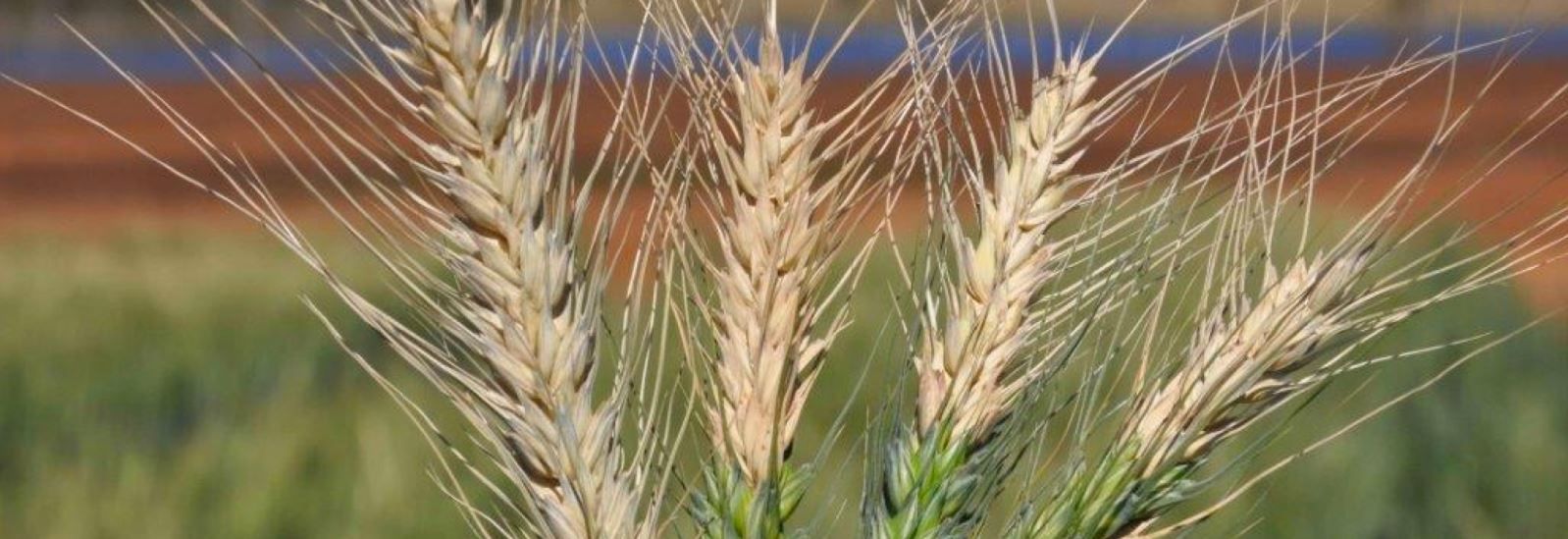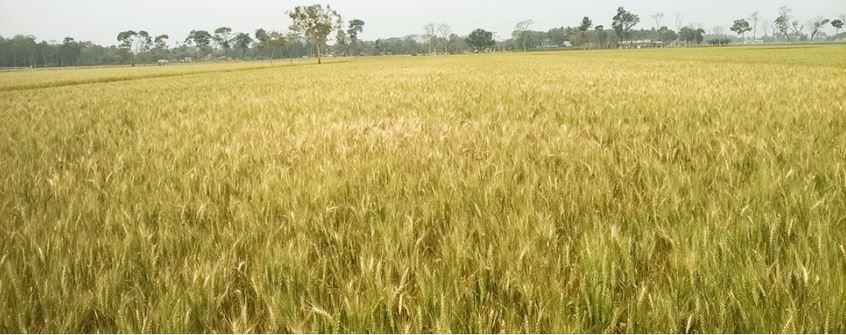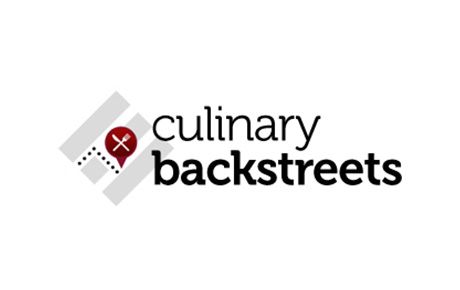‘Sharing’ or ‘sparing’ land?
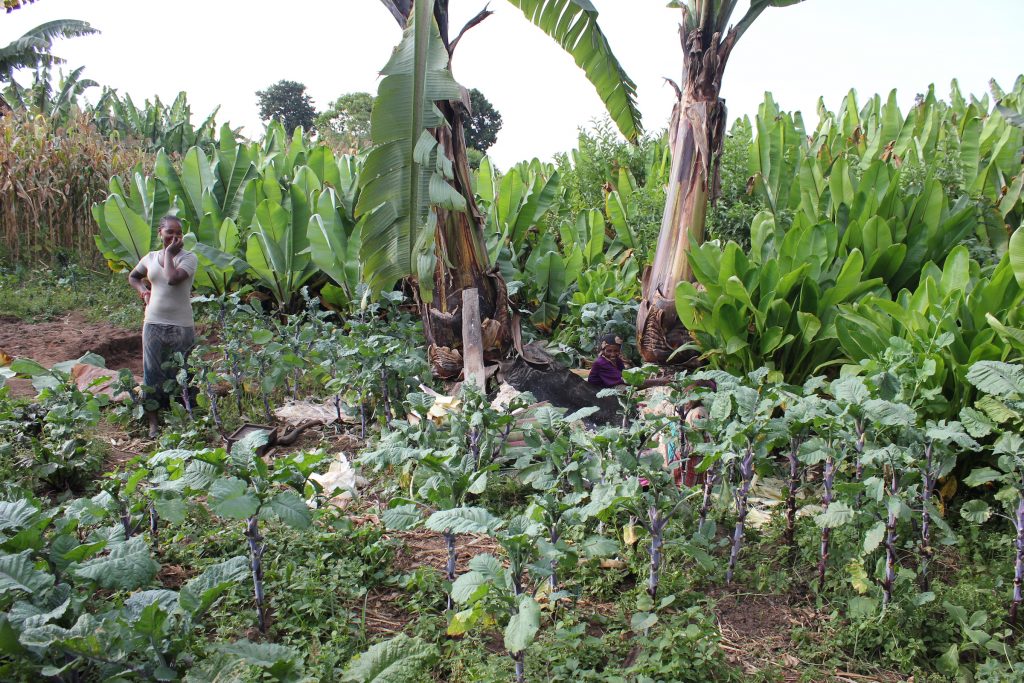 Any fifth grader is familiar with the Cretaceous-Tertiary mass extinction, which saw dinosaurs — and three quarters of all species alive at that time — disappear from Earth, probably after it was struck by a very large asteroid. However, few people are aware the planet is currently going through a similar event of an equally large magnitude: a recent report from the World Wide Fund for Nature highlighted a 60% decline in the populations of over 4,000 vertebrate species monitored globally since 1970. This time, the culprit is not an asteroid, but human beings. The biggest threat we represent to other species is also the way we meet one of our most fundamental needs: food production.
Any fifth grader is familiar with the Cretaceous-Tertiary mass extinction, which saw dinosaurs — and three quarters of all species alive at that time — disappear from Earth, probably after it was struck by a very large asteroid. However, few people are aware the planet is currently going through a similar event of an equally large magnitude: a recent report from the World Wide Fund for Nature highlighted a 60% decline in the populations of over 4,000 vertebrate species monitored globally since 1970. This time, the culprit is not an asteroid, but human beings. The biggest threat we represent to other species is also the way we meet one of our most fundamental needs: food production.
As a response, scientists, particularly ecologists, have looked for strategies to minimize trade-offs between agriculture and biodiversity. One such strategy is “land sparing,” also known as the “Borlaug effect.” It seeks to segregate production and conservation and to maximize yield on areas as small as possible, sparing land for nature. Another strategy is “land sharing” or “wildlife-friendly farming,” which seeks to integrate production and conservation in the same land units and make farming as benign as possible to biodiversity. It minimizes the use of external inputs and retains unfarmed patches on farmland.
A heated debate between proponents of land sparing and proponents of land sharing has taken place over the past 15 years. Most studies, however, have found land sparing to lead to better outcomes than land sharing, in a range of contexts. With collaborators from CIFOR, UBC and other organizations, I hypothesized that this belief was biased because researchers assessed farming through a narrow lens, only looking at calories or crop yield.
Many more people today suffer from hidden hunger, or lack of vitamins and minerals in their diets, than lack of calories. Several studies have found more diverse and nutritious diets consumed by people living in or near areas with greater tree cover as trees are a key component of biodiversity. However, most of these studies have not looked at mechanisms explaining this positive association.
Studying seven tropical landscapes in Bangladesh, Burkina Faso, Cameroon, Ethiopia, Indonesia, Nicaragua and Zambia, we found evidence that tree cover directly supports diets in four landscapes out of seven. This may be through the harvest of bushmeat, wild fruits, wild vegetables and other forest-sourced foods. The study further found evidence of an agroecological pathway — that forests and trees support diverse crop and livestock production through an array of ecosystem services, ultimately leading to improved diets — in five landscapes out of seven. These results clearly demonstrate that although land sparing may have the best outcomes for biodiversity, it would cut off rural households from forest products such as forest food, firewood and livestock feed. It would also cut off smallholder farms from ecosystem services provided by biodiversity, and smallholders in the tropics tend to depend more on ecosystem services than on external inputs.
In Ethiopia, previous research conducted by some of the same authors has demonstrated that multifunctional landscapes that do not qualify as land sparing nor as land sharing may host high biodiversity whilst being more productive than simpler landscapes. They are more sustainable and resilient, provide more diverse diets and produce cereals with higher nutritional content.
The debate on land sparing vs. sharing has largely remained confined to the circles of conservation ecologists and has seldom involved agricultural scientists. As a result, most studies on land sparing vs. sharing have focused on minimizing the negative impact of farming on biodiversity, instead of looking for the best compromises between agricultural production and biodiversity conservation.
To design landscapes that truly balance the needs of people and nature, it is urgent for agronomists, agricultural economists, rural sociologists and crop breeders to participate in the land sparing vs. sharing debate.
Read more:
Testing the Various Pathways Linking Forest Cover to Dietary Diversity in Tropical Landscapes
This study was made possible by funding from the UK’s Department for International Development (DFID), the United States Agency for International Development (USAID) through the project Agrarian Change in Tropical Landscapes, and by the CGIAR Research Programs on MAIZE and WHEAT.
